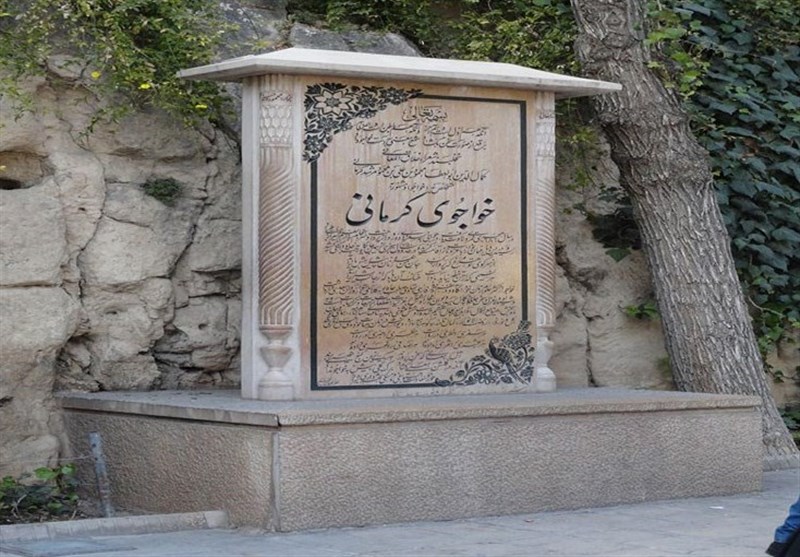Introduction to Tomb of Khajavi Kermani
Kamal al-Din Abu al-‘Ata, nicknamed Khajavi Kermani (Khwaju (Khaju) Kermani), is one of the most prominent Persian-language poets of the eighth centasasqury AH who rests in his tomb in Shiraz. This roofless tomb, which goes back to around 300 years ago, is next to the Quran Gate.It is flourishing that water of Roknabad Spring passes the tomb.
khwaju (Khaju) Kermani Life
Khwaju Kermani was born in 679 AH in Kerman City and was a genius of literature in his time. He was into traveling, and during his youth, he traveled to countries such as Jerusalem (Palestine), Egypt, Syria, Hejaz, and Iraq. Khwaju Kermani lives in Baghdad for a while, and returns to Persia and went to Shiraz. He was one of the poets of the Mongol era and had a profound influence on the poetry of famous Persian poets, especially Hafez, and finally passed away in 752 AH. Khajavi Kermani, who is also known as the “Nakhlband” in addition to the book of Divan, has 6 Masnavi with the letters of Goharnameh, Kamalnameh, Gol and Nowruz, Homay and Homayoun, Roza Al-Anwar, and Samnameh.

Khwaju (Khaju) Kermani Tomb Architecture
Khwaju (Khaju) Kermani’s unique architecture has made many tourists spend part of their travel time visiting it. The building of this tomb, which is located in the open air, includes 2 columns at the bottom and top. According to the customs of that time, people placed two stones above and below the graves of poets and mystics.
Near the tomb of Khwaju (Khaju) Kermani, there are three caves with reliefs related to Persian mythology and historical events on their walls, in which his followers may have been praising God. One of them is a cave, which is a place of worship and austerity, and Khajavi has been worshiping there for some time. Also, people built a statue of Khwaju (Khaju) Kermani next to his grave, which made a better visual beauty of the area.

